Member postings for John Purdy
Here is a list of all the postings John Purdy has made in our forums. Click on a thread name to jump to the thread.
| Thread: Thermocouple readout manual |
| 23/09/2023 17:36:37 |
Rod Thanks for the link, it didn't show up in my internet search. That is my unit and is the info I wanted and explains its behavior. When I do brass or bronze I will have to revert to my multimeter which goes to 1320C ( or just use the mv scale and my tables ). Noel The probes I have are from "Omega Engineering" and are K type, 1/4" dia, Inconel sheath,15" and 24" long and are good for the max temp of the K type (1320C ). I was given the 310 readout and had only used it for aluminum so hadn't run into the units limits. Thanks everyone for the help. John |
| 23/09/2023 06:14:34 |
Thanks Michael, I had found that listing but was hoping for, as you say. something a little more authoritative. I tend to take things I read on ebay with a bit of a grain of salt. But it does sort of match with how it behaved. John
|
| 23/09/2023 02:02:46 |
I realize this is a bit of a long shot, but does anyone have the user's manual for a Corning 310 Temperature Plus K type thermocouple readout unit that they could copy for me. I only need the specs. I've searched the internet to no avail. I was casting some brass yesterday and the display changed from the temperature to showing "Er" once it reached 1770F. I swapped a different probe and it did the same. So I'm wondering if it has an upper temperature limit that it will display. John |
| Thread: Suds pump |
| 22/09/2023 17:45:51 |
Danni I've sent you a PM. John |
| Thread: Unimst Belts |
| 21/09/2023 17:23:48 |
David I,ve sent you a PM. John |
| Thread: Sanderson Beam |
| 26/08/2023 23:49:40 |
After taking my Sanderson all apart and oiling it up and making a few adjustments to free it up, I have got it running on air, sans governor but including the gear train as shown it the picture at the top of this thread. After an hour or so of "braking in" its been running for the last hour comfortably at 32 RPM on 1 or 2 PSI ( hard to tell, the needle on the regulator hardly moves off the stop ). It will actually run slower but is not very regular, I suspect the valve needs adjusting slightly. It's a bit of a pain to adjust as the cross shaft of the valve actuating linkage prevents taking the valve chest off, so to see the valve to adjust it the whole valve linkage has to be removed (for the umpteenth time! I've lost track of how many times so far ). John |
| Thread: Belt/disc sander |
| 24/08/2023 23:12:52 |
Noel It took about 6 weeks, but my hands fully recovered with no lasting evidence other than one small spot on the heel of my left hand where there is no feeling. That was the most seriously burned area. Thankfully, as I said in the letter, my fingers were protected by the grinder stage, so after they were seen to and bandaged up at the hospital I still had full use of my hands (carefully!!). John |
| 24/08/2023 22:12:01 |
Noel Exactly! Here's the original post to ME for everyone's info. There was also some follow up letters in later issues. I have some pictures of the damage to my hands but can't find them at the moment. I now leave the side off the machine and clean it out on a regular basis. When I do on occasion grind aluminum I have a dedicated belt that is labelled and only used for aluminum, and do a thorough clean out immediately afterward. |
| 24/08/2023 17:48:33 |
I use a Delta 1 " x 30" belt grinder on metal all the time. I use both AlO and zirconium belts. The zirconium ones last considerably longer but are more expensive. Anyone using one should be aware of a potential explosion/fire hazard while using one on metal. See my letter in ME "Post Bag" for 9 Mar 2001 #4141. I suffered badly burned hands from an explosive fireball while using it on steel. Delta originally listed it as for use on wood and metal but after I contacted them about my experience I noticed that a short time later their advertisements listed it for use on wood only, coincidence or CYA? John
|
| Thread: Sanderson Beam |
| 18/08/2023 00:23:50 |
The Sanderson is almost finished, just a few 1-72 (10BA ) studs and the governor to do, and finish off the base with some tiles to simulate stone work.
John Edited By John Purdy on 18/08/2023 00:28:48 |
| Thread: George Adams 2 1/2" Precision |
| 03/08/2023 17:48:07 |
James You have a PM John |
| Thread: Mystery Giant Wedge Item! |
| 27/07/2023 18:01:25 |
| 27/07/2023 17:48:24 |
I also think it is a Quoin. Goes between the breech of the barrel and the carriage above the rear axle to adjust the elevation of the barrel, hence range of the shot. Look for pictures of 18th century ships cannons. (Try HMS Victory ). John Edited By John Purdy on 27/07/2023 18:00:14 |
| Thread: Indexing arms on dividing head are spinning freely |
| 27/07/2023 17:35:48 |
Jim I suspect you are missing the part shown in the photos below. It is a dished half washer and fits in the groove you mention to apply some tension on the arms to keep them from moving but still able to rotate to position them. Should be easy enough to make something suitable. John |
| Thread: Myford oilers |
| 18/07/2023 17:44:14 |
Stephen Having had the same problem with the original Myford oiler way back in 1978, I modified the tip of a standard pump oil can spout as in the photo below. The brass tip is turned down to fit in the hole in the oil nipple and although not clearly visible there is a small slot filled across the tip. In use the end is pushed into the oil nipple, depressing the ball, the curved surface sealing against the nipple and the slot allows the oil to flow into the nipple as the oil can is pumped resulting in all the oil going into the nipple and not all over the place. John Edited By John Purdy on 18/07/2023 17:45:17 |
| Thread: Record No:3 4” vice jaw dimensions |
| 23/06/2023 21:18:59 |
I forgot to mention, the screws are c/s .600 long overall, .450 under the head, and when in the countersink in the jaw protrude from the back by .250". John Edited By John Purdy on 23/06/2023 21:20:10 |
| 23/06/2023 20:34:10 |
Martin Further to my last and to expand on John's above I've managed to get the screws out and the holes in my jaws measure .270 dia., the screws are 1/4 -20 ( BSW I assume, although a 1/4" -20 UNC seem to fit ) are spaced .325 up from the bottom of the jaw and are spaced 2.130 by measuring across the outside of the holes and subtracting the .270 hole diameter. The .270 was measured with an internal mike and the other measurements with vernier calipers John |
| 23/06/2023 18:13:41 |
Martiin The dimensions of the jaws on my Record #3 (UK made) are 4.025 x .750x .375, and the hole spacing is 2.125 centre to centre spaced .425 down from the top of the jaw. The hole positions were determined by using the countersunk holes for the screws as the screws wouldn't budge. I couldn't get an accurate distance to the bottom of the jaw as the bottom edge of the jaw is chamfered and I couldn't get a good reading with the calipers from the bottom of the countersunk hole and the jaw bottom. John Edited By John Purdy on 23/06/2023 18:19:45 |
| Thread: Stuart Beam Engine Serial Numbers and Datind |
| 05/06/2023 19:22:13 |
Further to my previous, I've dug out the parts list for my Stuart beam, dated May 1972, and it lists the pattern # for the bedplate as 80064. In the parts section for the beam engine on the current Stuart web site it also lists the stock # of the bedplate as 80064. So it is definitely a casting/pattern # not a serial #. John Edited By John Purdy on 05/06/2023 19:25:13 |
| 05/06/2023 18:24:44 |
My Stuart beam is probably from the '70s or '80s ( I got it part built second, or more, hand ) and the number on the base is 80063 and on close examination with a loupe is definitely cast in not stamped. So I would assume it is a casting number. John |
Want the latest issue of Model Engineer or Model Engineers' Workshop? Use our magazine locator links to find your nearest stockist!
Sign up to our newsletter and get a free digital issue.
You can unsubscribe at anytime. View our privacy policy at www.mortons.co.uk/privacy
- *Oct 2023: FORUM MIGRATION TIMELINE*
05/10/2023 07:57:11 - Making ER11 collet chuck
05/10/2023 07:56:24 - What did you do today? 2023
05/10/2023 07:25:01 - Orrery
05/10/2023 06:00:41 - Wera hand-tools
05/10/2023 05:47:07 - New member
05/10/2023 04:40:11 - Problems with external pot on at1 vfd
05/10/2023 00:06:32 - Drain plug
04/10/2023 23:36:17 - digi phase converter for 10 machines.....
04/10/2023 23:13:48 - Winter Storage Of Locomotives
04/10/2023 21:02:11 - More Latest Posts...
- View All Topics
- Reeves** - Rebuilt Royal Scot by Martin Evans
by John Broughton
£300.00 - BRITANNIA 5" GAUGE James Perrier
by Jon Seabright 1
£2,500.00 - Drill Grinder - for restoration
by Nigel Graham 2
£0.00 - WARCO WM18 MILLING MACHINE
by Alex Chudley
£1,200.00 - MYFORD SUPER 7 LATHE
by Alex Chudley
£2,000.00 - More "For Sale" Ads...
- D1-3 backplate
by Michael Horley
Price Not Specified - fixed steady for a Colchester bantam mark1 800
by George Jervis
Price Not Specified - lbsc pansy
by JACK SIDEBOTHAM
Price Not Specified - Pratt Burnerd multifit chuck key.
by Tim Riome
Price Not Specified - BANDSAW BLADE WELDER
by HUGH
Price Not Specified - More "Wanted" Ads...
Do you want to contact the Model Engineer and Model Engineers' Workshop team?
You can contact us by phone, mail or email about the magazines including becoming a contributor, submitting reader's letters or making queries about articles. You can also get in touch about this website, advertising or other general issues.
Click THIS LINK for full contact details.
For subscription issues please see THIS LINK.
Model Engineer Magazine
- Percival Marshall
- M.E. History
- LittleLEC
- M.E. Clock
ME Workshop
- An Adcock
- & Shipley
- Horizontal
- Mill
Subscribe Now
- Great savings
- Delivered to your door
Pre-order your copy!
- Delivered to your doorstep!
- Free UK delivery!
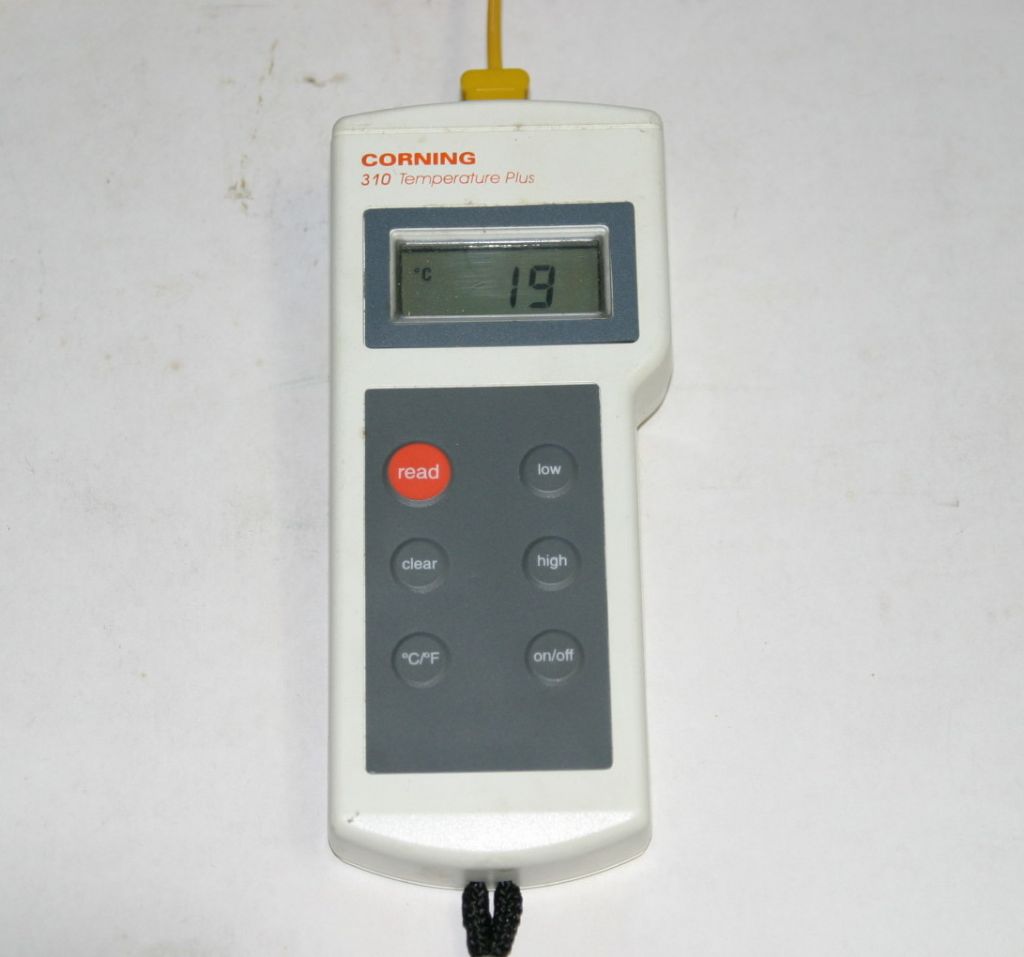
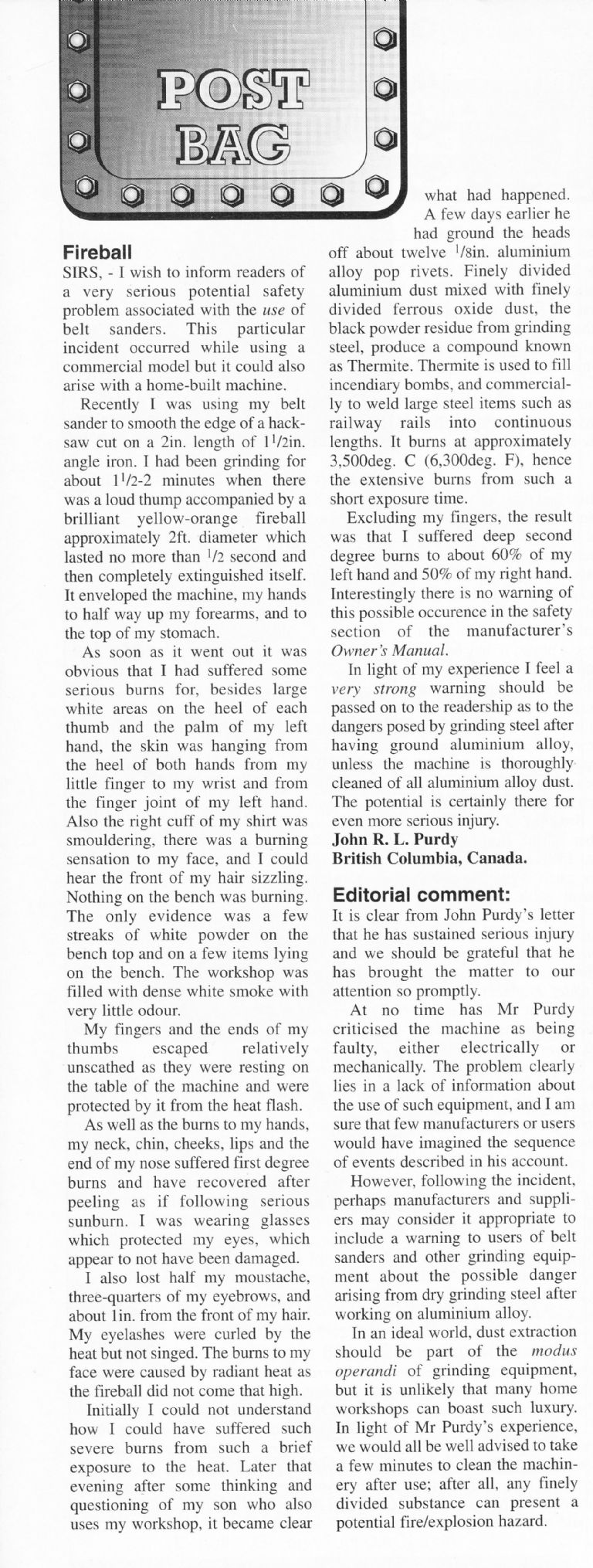
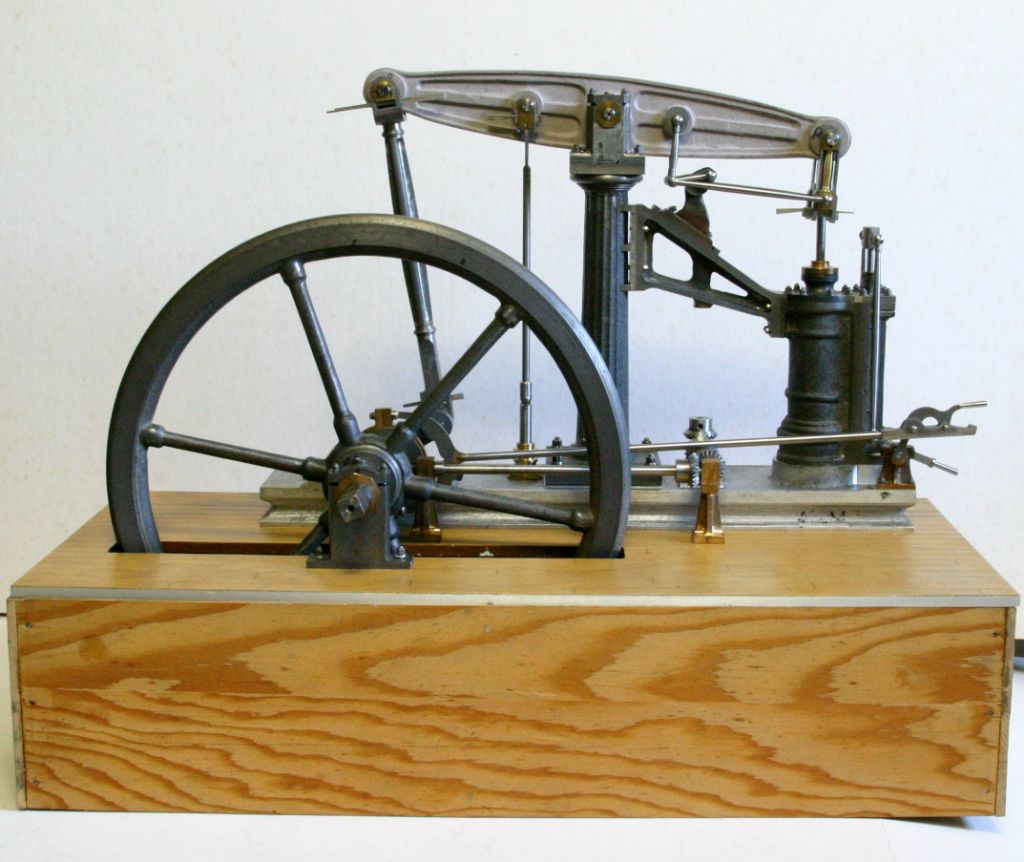
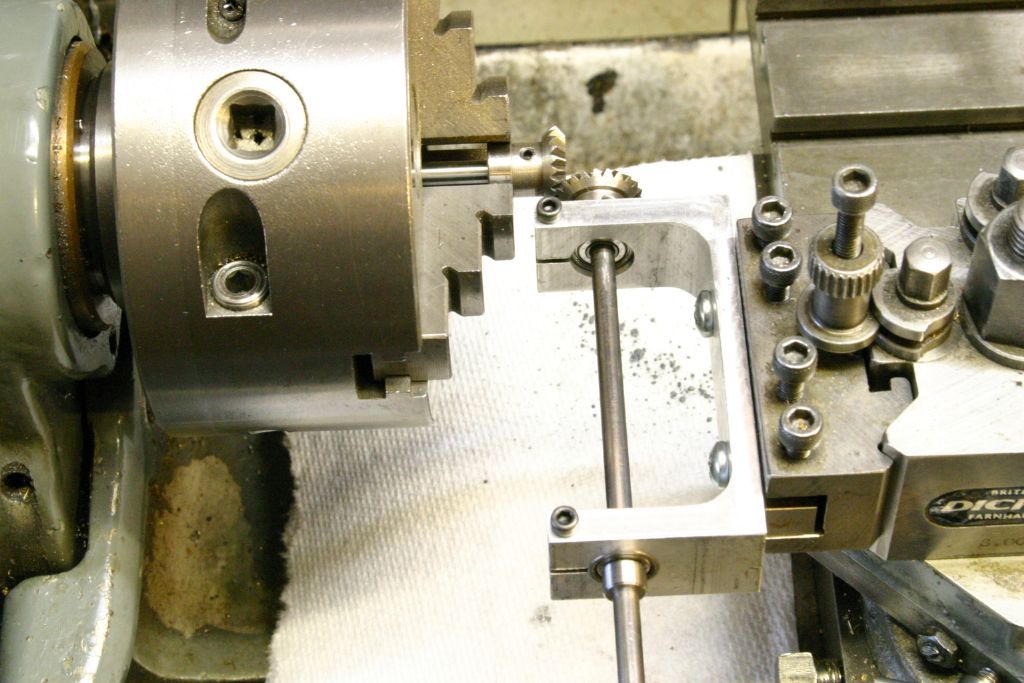
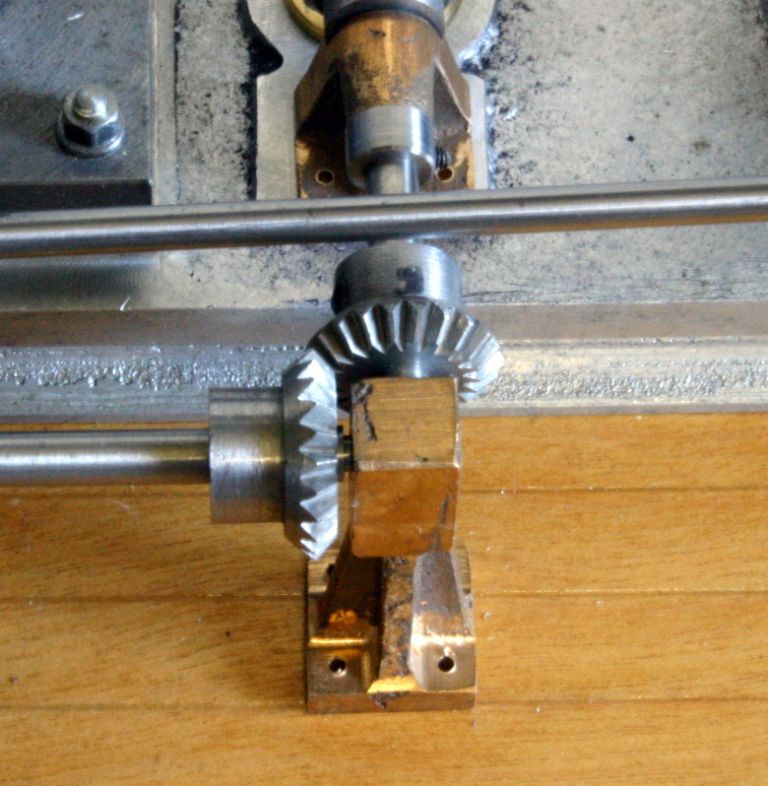

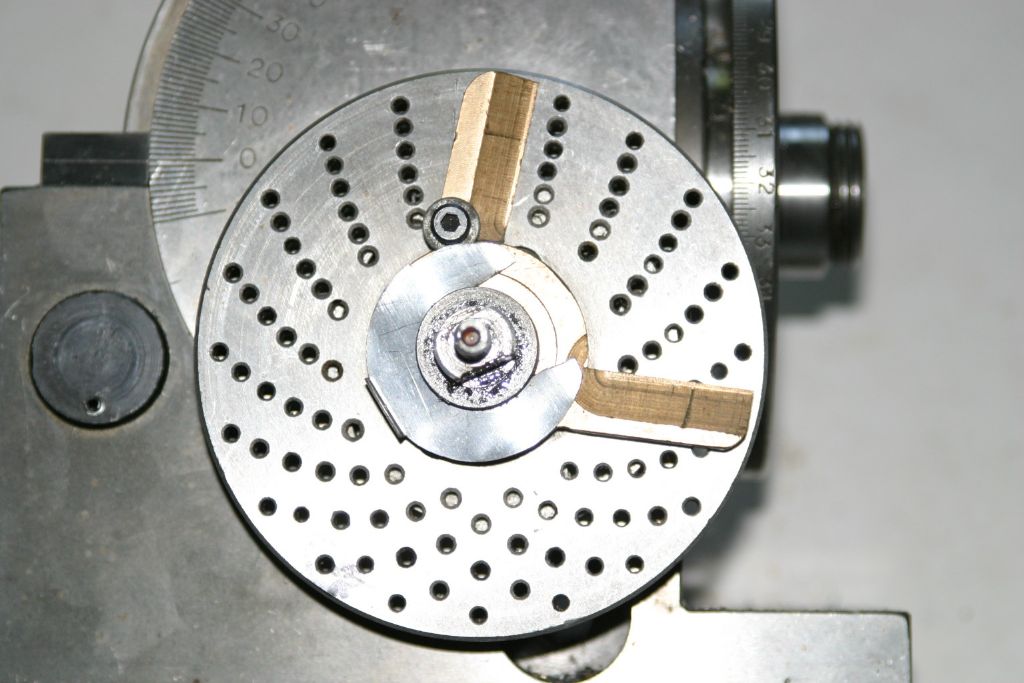
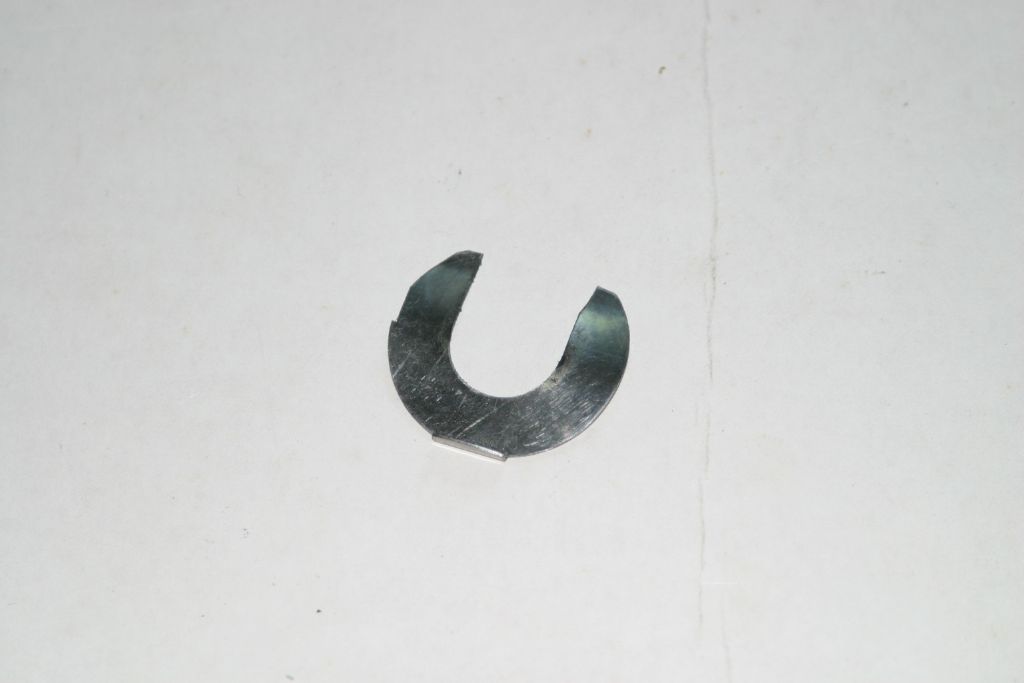











 Register
Register Log-in
Log-in


